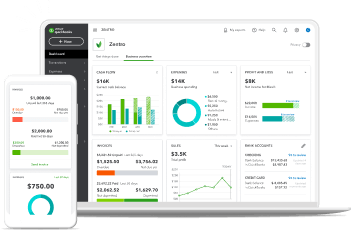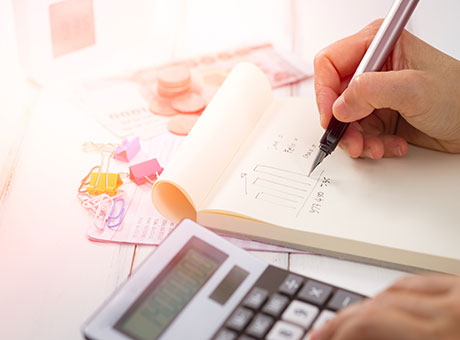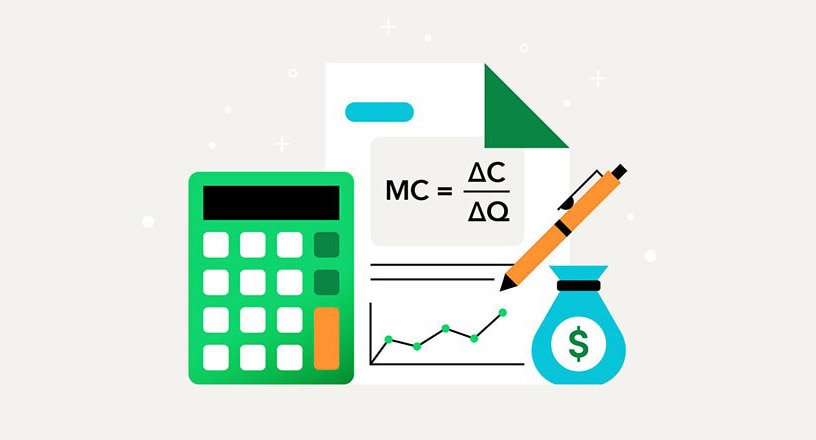In Hong Kong, you pay corporate tax or profits tax on your company’s assessable profits . This figure isn’t necessarily the same amount of profit as you see on your corporate balance sheet. Instead, you need to go through a number of calculations to work out the exact taxable income for your company. Here’s a breakdown of that process.
Calculate Your Net Income
First, you need to determine your company’s net income. When calculating income for small businesses or corporations, you should include the following:
- Profits you earn from carrying on business
- Royalties from intellectual property rights
- Money received for using film, tapes, or recordings that you own
- Rent from leasing personal property such as machinery or equipment
- Interest earned
- Money earned on bills of exchange
- Funds earned on certificates of deposit
- Grants or other financial assistance your business receives
- Refunds for contributions you’ve made to retirement accounts
There also are some funds you don’t have to count for when calculating your business income. These are called non-assessable profits, and they include profits earned outside of Hong Kong and money you earned selling capital assets. Additionally, if the government has already assessed profits tax on some of your dividends or profits, you should subtract those profits from your taxable income as well. Finally, in terms of interest, you don’t have to count any interest earned on deposits in banks in Hong Kong, but you do have to report interest from foreign deposits.
Deduct Your Expenses
Once you’ve determined how much taxable or assessable income your business has, you get to deduct business expenses from that amount. As a general rule, business expenses include all costs you incur while running your company. That includes rent for office or retail space, utilities, maintenance costs for equipment, research and development expenses, and minor expenses such as office supplies. Typically, you can also include costs you incur while starting up your business.
In addition, you can also claim a deduction for interest and fees on business loans. Because loans are often necessary to run businesses, the government considers the costs associated with obtaining loans to be an expense. You can also count taxes paid to foreign governments and payments for patents, trademarks, and copyrights.
If your business made any charitable donations, you can also write off those amounts as business expenses. And, you should subtract bad debts as well. Bad debts happen when you count an unpaid invoice as income on your tax return, but then, your client never pays the invoice so you write if off as a bad debt on the following year’s income tax return. Note that you cannot include personal expenses as business expenses. The costs have to be incurred in the pursuit of earning profit for your business.






